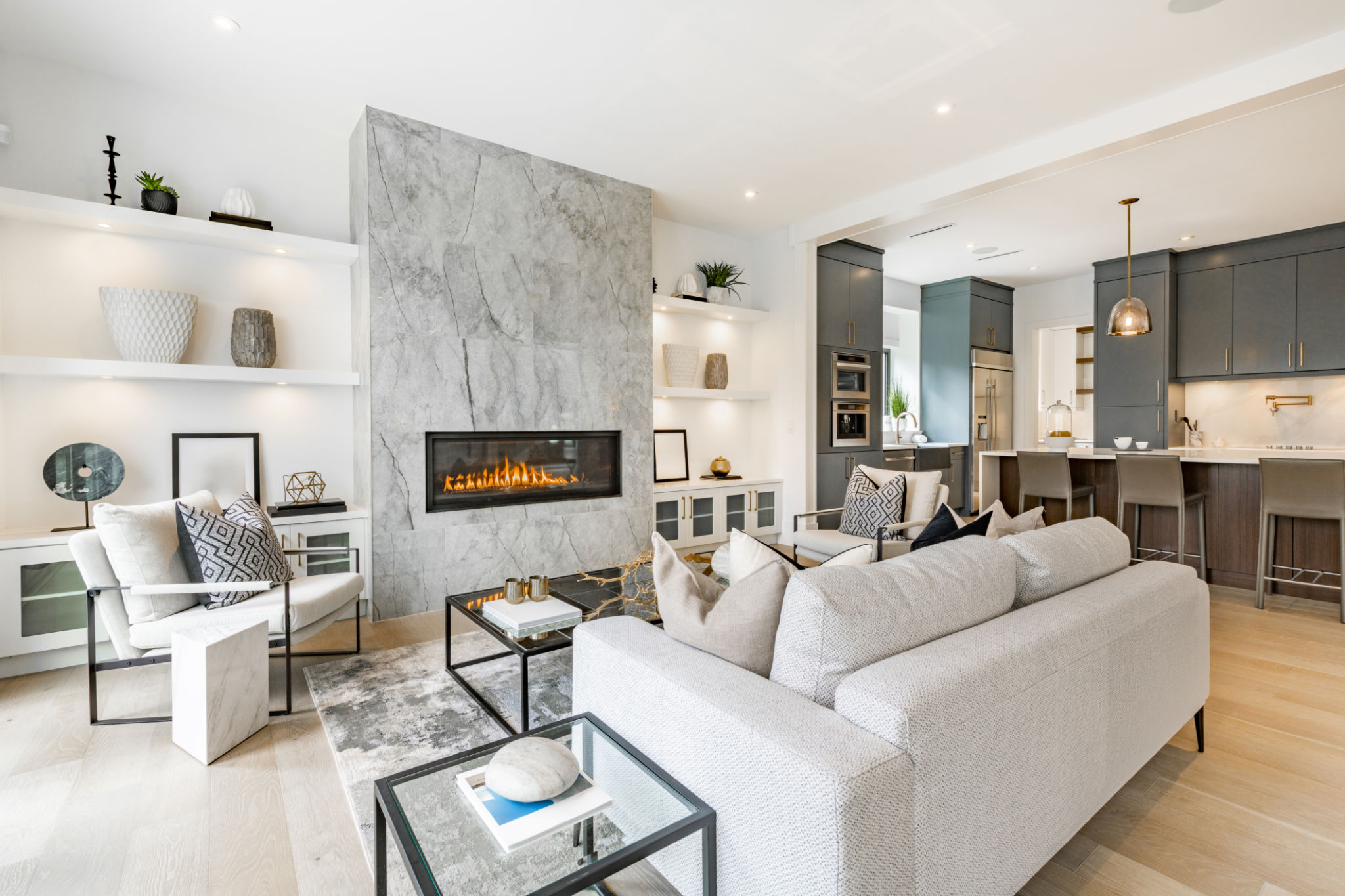How to Choose Paint Colors for Your Home: A UK Guide
Understanding Colour Psychology
Choosing the right paint colours for your home is more than just a matter of aesthetics; it involves understanding the psychology of colours. Each colour can evoke different feelings and moods, influencing the atmosphere of a room. For instance, blue is often associated with calmness and tranquillity, making it an excellent choice for bedrooms. On the other hand, yellow can bring warmth and energy, perfect for kitchens or dining areas.
When selecting colours, consider how you want each room to feel and function. Remember, the goal is to create spaces that not only look good but also make you feel comfortable and at peace.

Consider the Natural Light
The amount and quality of natural light a room receives can greatly affect how paint colours appear. North-facing rooms might benefit from warmer tones to counterbalance the cooler light, while south-facing rooms receive more natural light and can handle cooler hues.
It's essential to observe how light changes throughout the day in each room. A colour that looks perfect in the morning might not have the same appeal under evening light. Testing paint samples on your walls at different times can help you find the right shade.

Harmonising with Existing Décor
Your choice of paint should complement the existing décor, including furniture, flooring, and accessories. Start by considering the dominant colours in these elements and select a paint tone that harmonises with them. A cohesive colour scheme can unify a space, while contrasting colours can create a dynamic and vibrant environment.
If you're planning a complete redesign, begin with a neutral base colour to provide flexibility in updating your décor over time. Neutrals like beige, grey, or soft white are timeless and versatile.

Sampling and Testing
Before committing to a specific shade, it's wise to sample several options. Purchase small tester pots and apply patches on different walls to see how they look in various lights and positions. Observing these samples over a few days will provide insight into which colours work best.
Don't rush this process; take your time to ensure you are satisfied with your choices. It's much easier to test several samples now than to repaint an entire room later.
Trends vs. Timelessness
While it's tempting to choose colours based on current trends, consider whether these will stand the test of time. Trendy colours can quickly become outdated, so if you're looking for longevity, opt for classic hues that retain their appeal over the years.
However, if you love experimenting with trends, consider using them in smaller areas or as accent walls for a splash of contemporary style without overwhelming your space.

A Practical Approach: The 60-30-10 Rule
A popular interior design principle is the 60-30-10 rule, which ensures a balanced colour scheme. It suggests using 60% of a dominant colour, 30% of a secondary colour, and 10% of an accent colour. This approach helps in creating harmony and balance within a room.
For example, if your dominant colour is a neutral tone like grey or beige, the secondary colour could be a calming blue, with vibrant accents like mustard or coral for added interest.
